The LG G4 Review
by Joshua Ho on July 30, 2015 10:00 AM EST- Posted in
- Smartphones
- Qualcomm
- LG
- Mobile
- Snapdragon 808
- LG G4
Software: LG UX 4.0
Software is ultimately one of the most important aspects of a smartphone. In the case of iOS and most mobile OSes, the experience is essentially fixed for everyone. However, with Android OEMs often create their own frameworks within the OS to enable various features that are missing from the base OS. OEMs also tend to change the look and feel of many core user applications and many key Android UI elements. As a result, it is often necessary to evaluate UI on a per-device basis rather than with a single catch-all OS review due to the potential for some enormous design variance.
When it comes to LG’s UX 4.0, LG definitely goes with an experience that is extensively customized that differentiates itself from stock Android. Almost every stock application has been replaced by LG’s take on Android. The color scheme of the UI is somewhat inconsistent, as aspects of the UI like the weather clock and quick settings toggles tend to be strongly saturated while other aspects of the UI like the notification shade and most of the iconography tends to be rather muted in comparison due to the use of pastel colors. I’m actually not sure whether this is the result of the high-gamut display or deliberate color choices, but the use of neon colors in general definitely draws a lot of attention when it’s used.
Outside of this though, I honestly don't have too much to object to on this front. LG still isn’t really following all of Material Design, although I suspect there’s at least some debate over whether the level of focus on animation in Lollipop has become distracting. At any rate, this isn’t a huge deal but I suspect it would give a better sense of flow and continuity within the UI if LG implemented more animations to fit Material Design, such as sliding in a “card” when adding a calendar event rather than just having the new screen appear from thin air.
If you look past the animation style, LG has done a surprisingly good job with the UI. Most applications mostly look the part of a modern Material Design. Most applications like the calendar, tasks, and notes (QMemo+) place the action overflow button on the far right of the top navigation bar, then a floating action button (FAB) with appropriate drop shadows on the bottom right. Sidebar menus are marked with the standard icon that we’re all familiar with on Android and open with a swipe in correctly instead of requiring a precise tap of the icon like TouchWiz on the Galaxy S6. Meanwhile there are some applications that behave strangely by default like the settings app, but changing the view to list view instead of tab view resolves these problems for the most part. The messaging experience is also surprisingly awesome, as you get popups to quickly reply to SMS/MMS when you aren't in the messaging app.
Ultimately LG really deserves some credit for implementing smart functionality in an intuitive manner throughout their skin, and these are things that arguably couldn't be accomplished within the constraints of a "pure AOSP" build.
Of course, there are some other issues with design consistency. The lock screen is one notable departure from the rest of the mostly-MD UI, as the default swipe lock screen has some really ostentatious animation no matter what you set. Admittedly, this is a pretty minor issue and goes away completely if you set any sort of security with no timeout, so I’m not too hung up on this. There’s also no fingerprint authentication option here, which is a big disappointing as I’ve always felt that a combined fingerprint scanner and power button on the G4 would’ve been a great user experience given the rear-mounted buttons.
Iconography is also a big inconsistent even if it’s all relatively tasteful, with some icons using drop shadows and pastel colors with a square background, while others have a single fixed color, no shadowing, and a round background. The final aspect where I saw some noticeable design inconsistency is the power menu, which looks like it came from MIUI or iOS rather than Android due to the use of a background Gaussian blur with rounded, white icons that lack depth.
Outside of these basic questions of design, LG has also added some surprisingly useful functionality with working Dual Window functionality. LG has implemented a UI that requires manually selecting both applications that will be used in Dual Window mode, and the list of applications that work with this mode is noticeably lower than what Samsung supports with MultiWindow so the functionality and user experience isn’t as good here. I still think native windowed application support is a must for Android on tablets, but this is something that only Google can do. There are also QSlide apps which are essentially floating window applications, but for some reason activating QSlide within a supported application is an option buried within the action overflow button instead of some sort of gesture or immediate action button. Key applications for a good out of the box experience are also done acceptably well.
Going beyond design consistency concerns, performance is solid on the LG G4. For the most part, navigation through the UI is fluent and basically free of lag. However, compared to the Galaxy S6 I noticed more dropped frames in third party applications when dealing with CPU-heavy listviews like the Play Store. I suspect that this is mostly due to differences in governor behavior and software optimization rather than throttling though, as die temperatures never approach anything notable when just going through light applications like the Play Store or scrolling through a webpage.
Overall, LG’s software experience is decent, but there is still progress to be made. There is some need for more cohesive design and overall polish, but otherwise I doubt that anyone will really have major problems with LG’s UI. I didn’t notice any real usability issues in general, and I suspect neither will the average user. I noticed an option in the developer settings for enabling and disabling OEM bootloader unlock, so enthusiasts should be able to unlock the bootloader on at least a few variants although with US carriers it’s always hard to gauge whether this is possible due to their requirements. The real concern isn’t so much that the experience is poor, but that there are some notable feature omissions like a fingerprint scanner and Google Now activation regardless of screen state. If you don’t find these omissions to be glaring, the G4’s software experience should be acceptable.



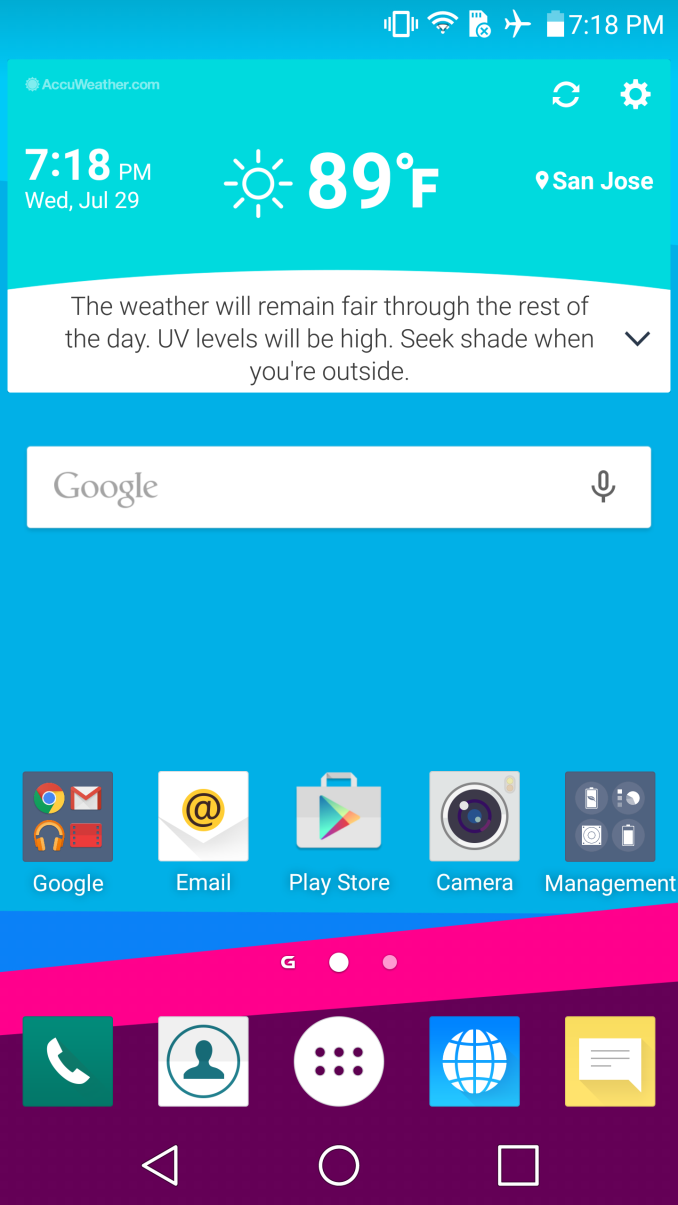
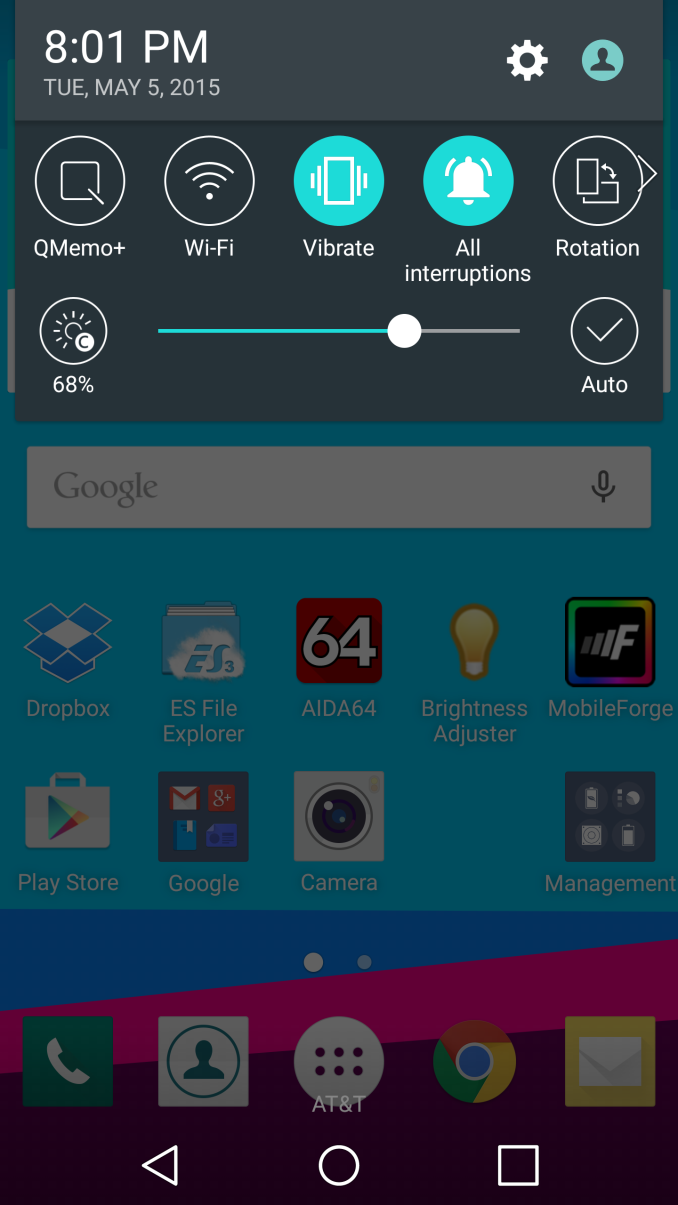
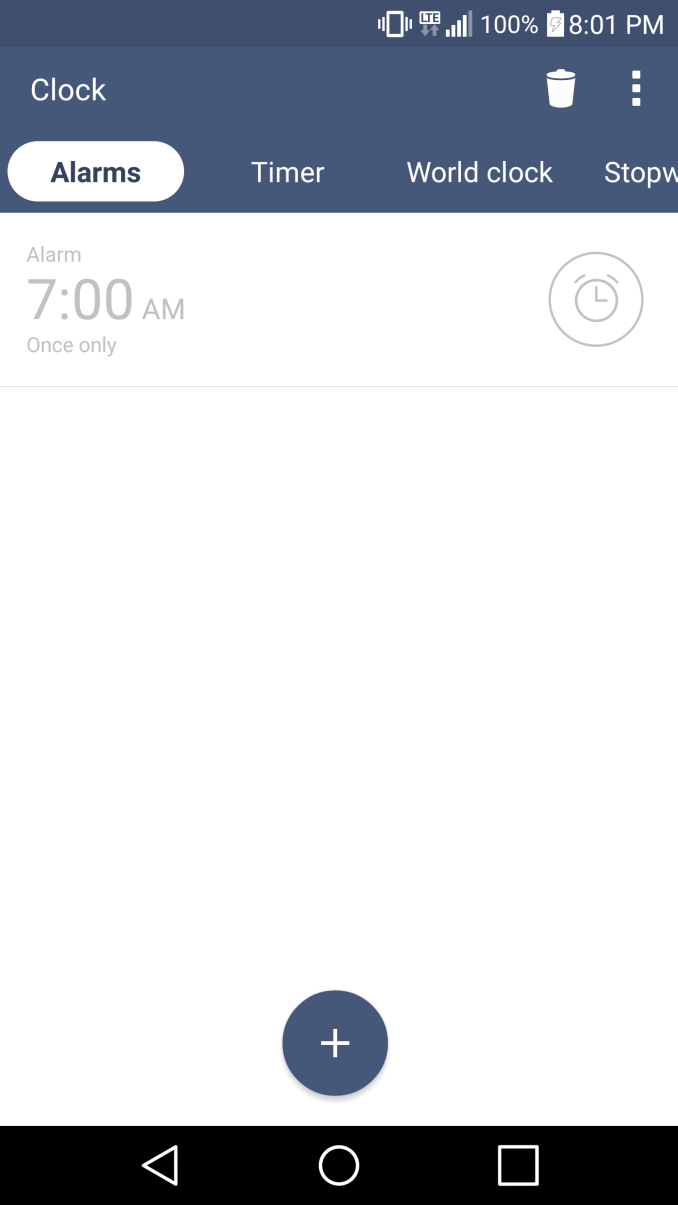
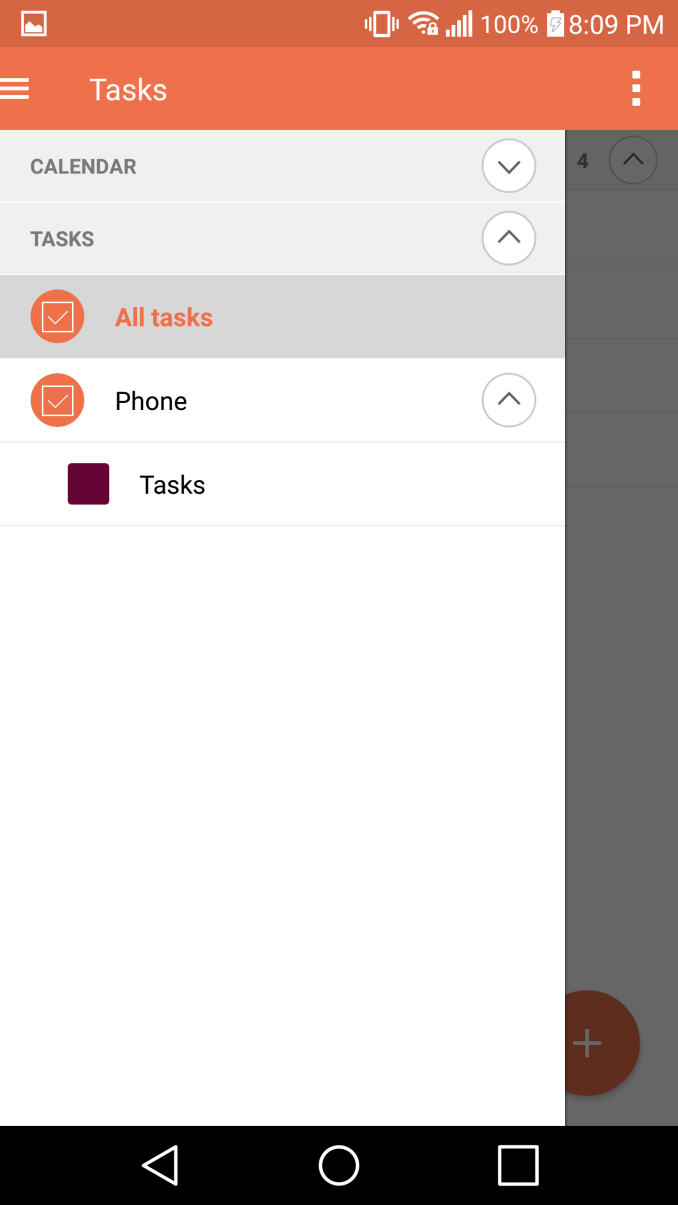
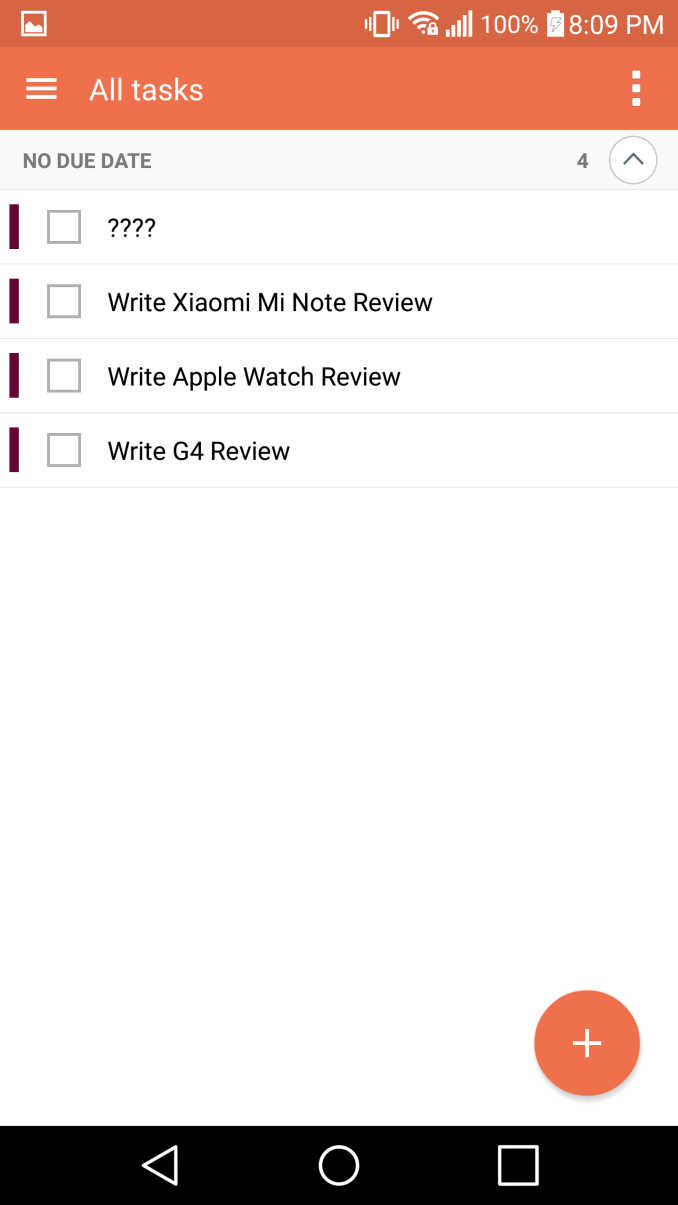
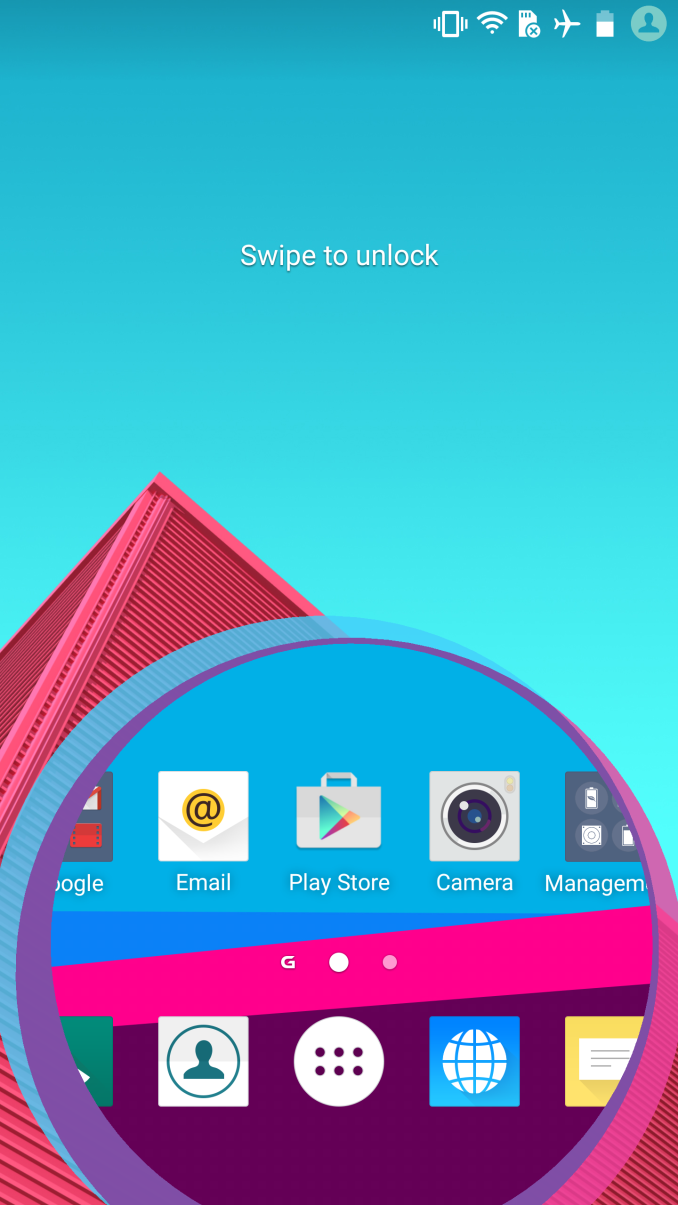
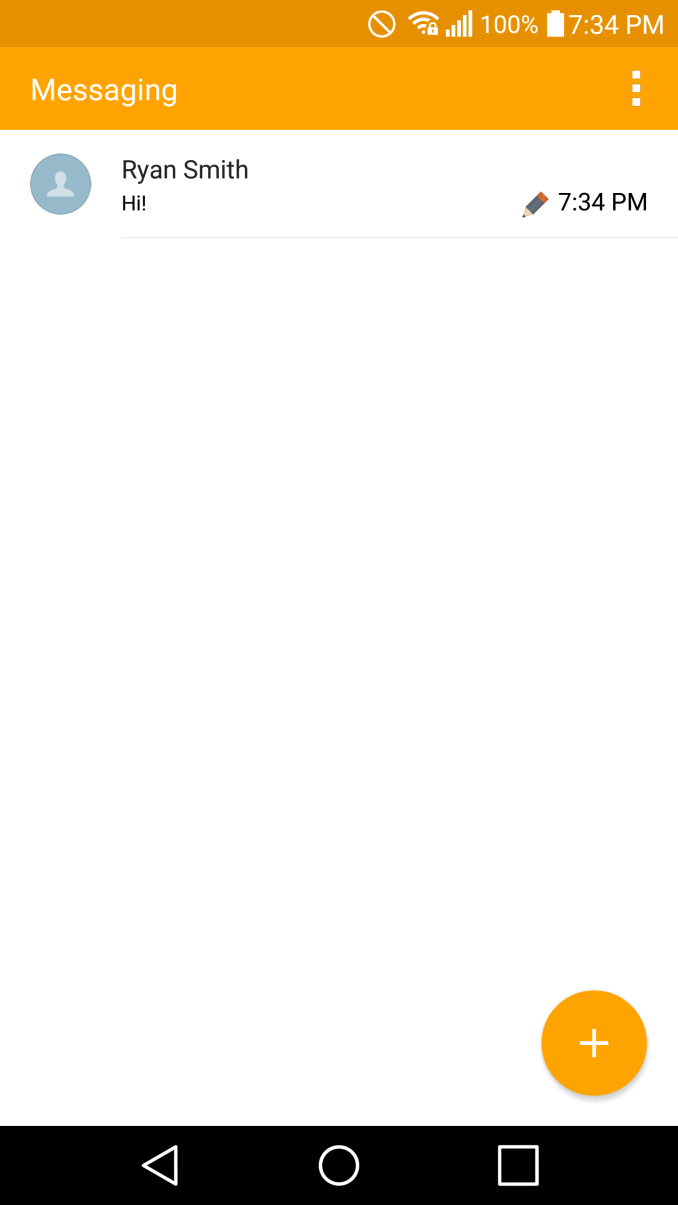
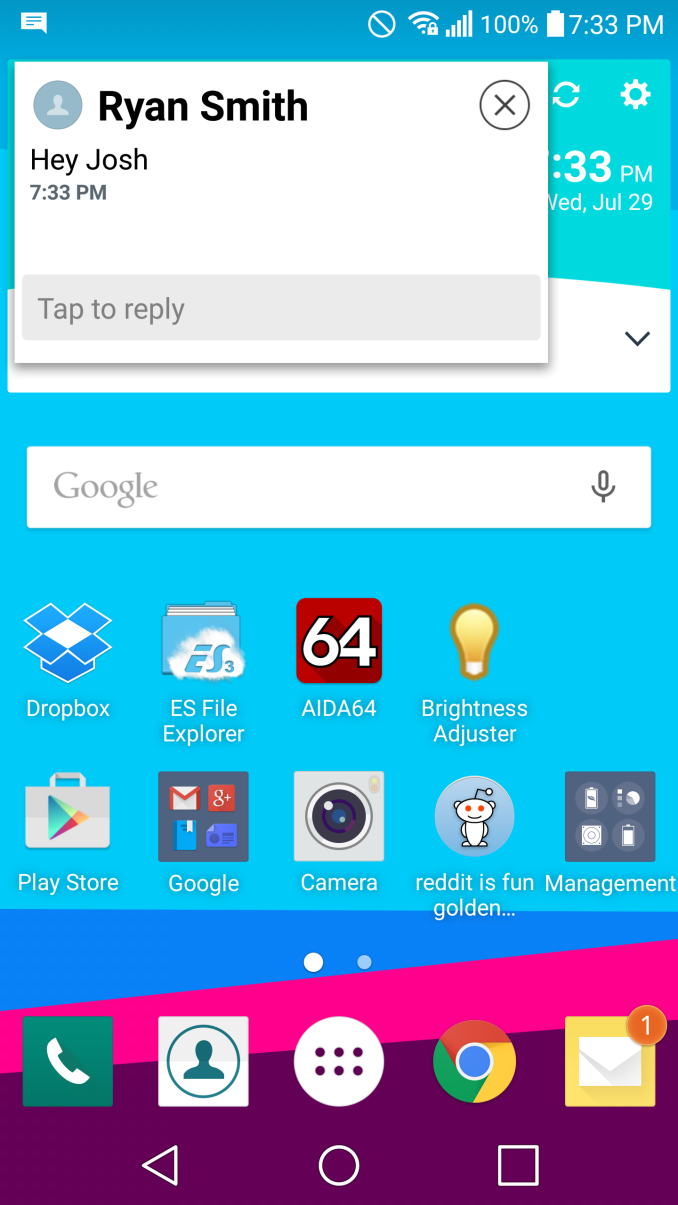
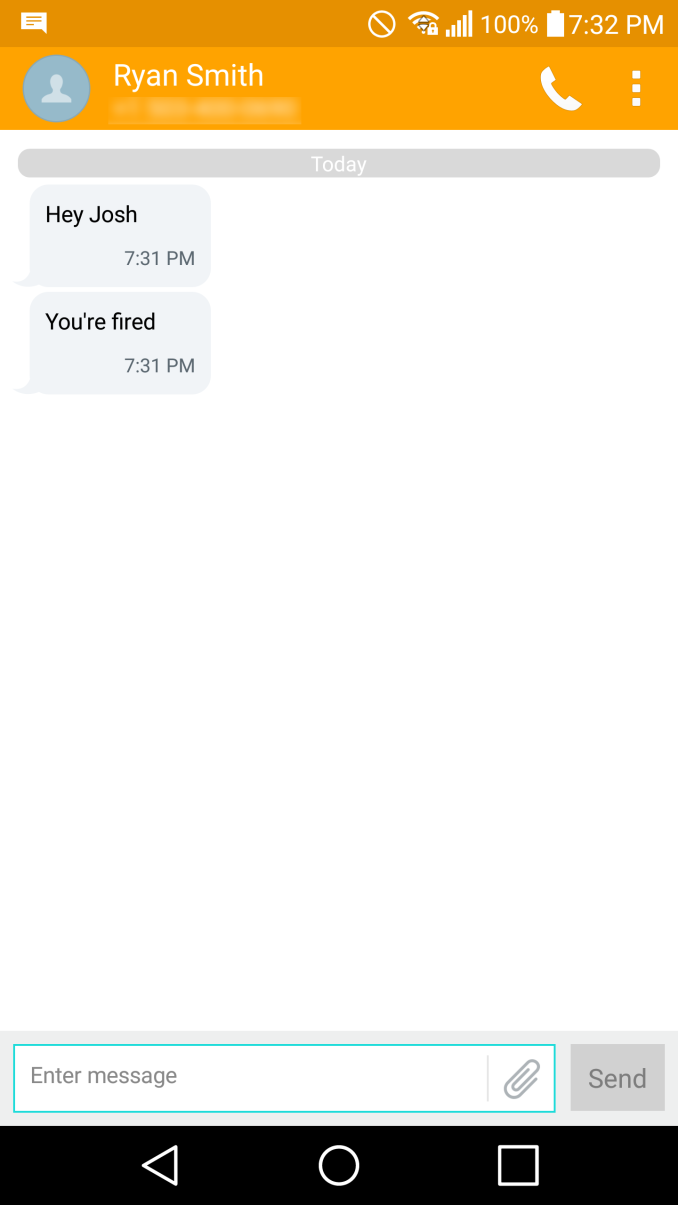

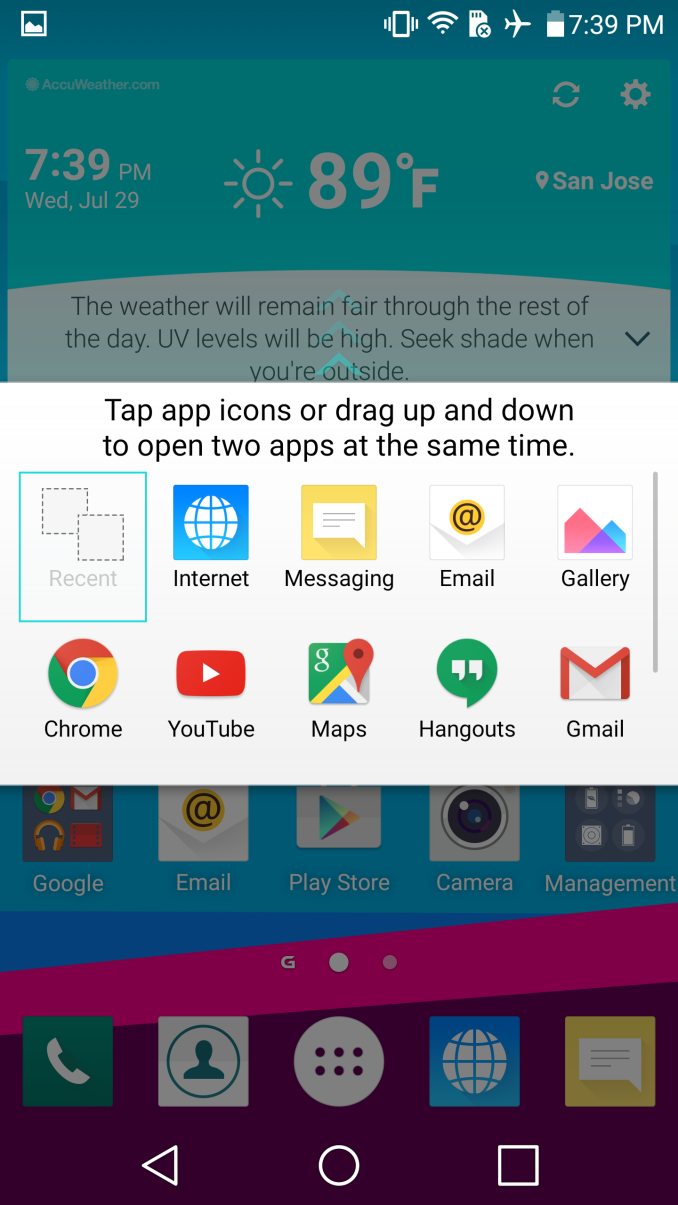
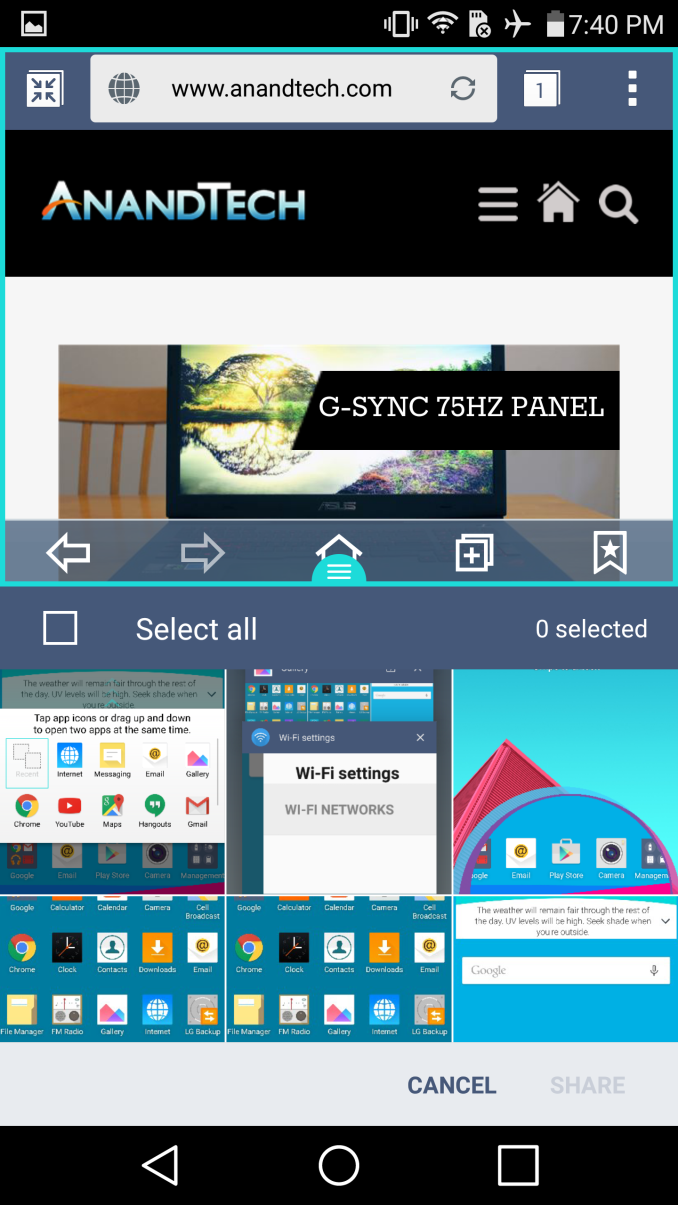
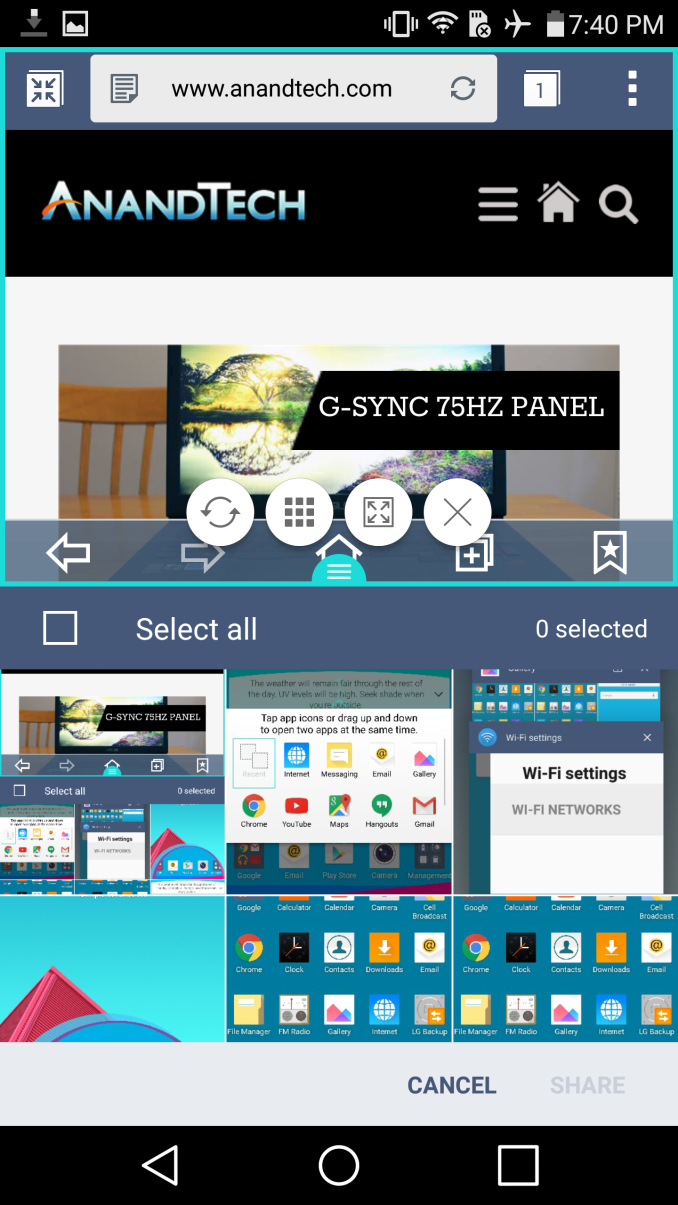
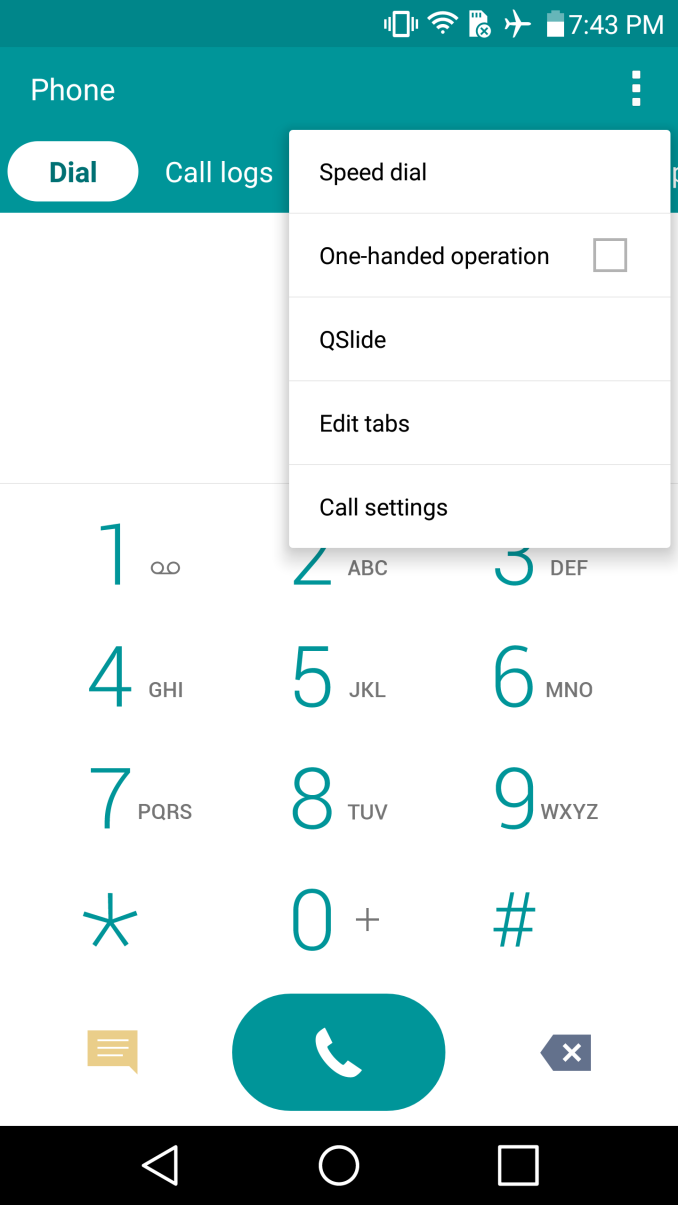
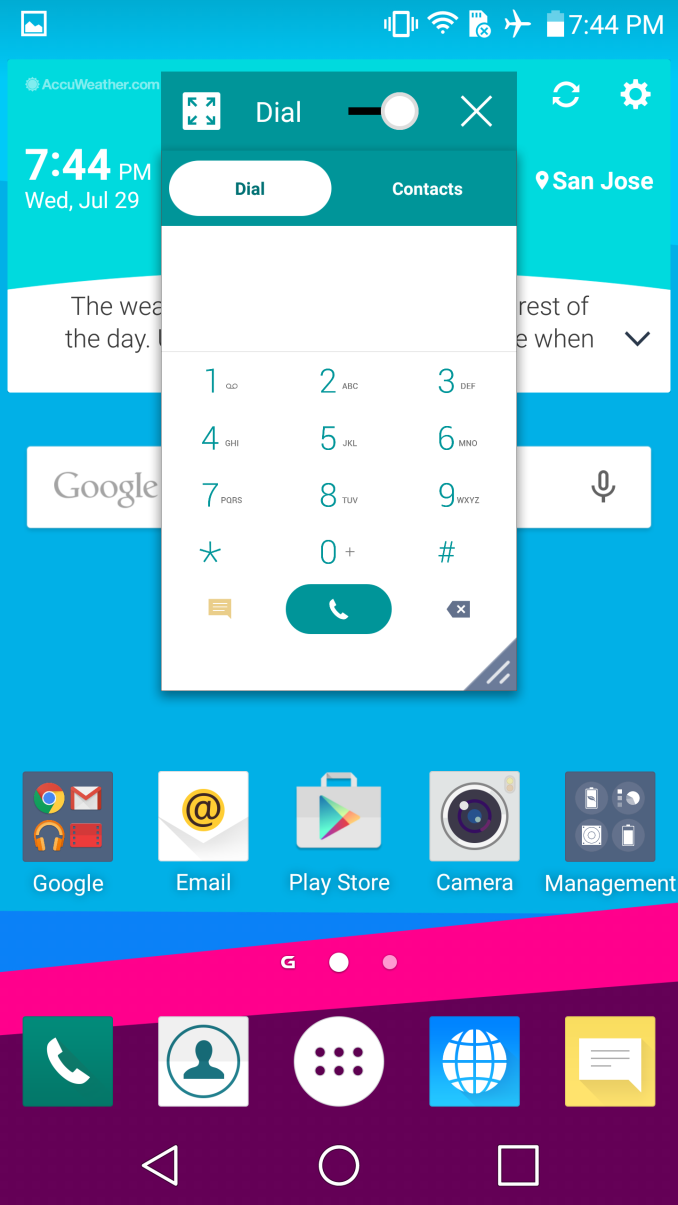








84 Comments
View All Comments
djc208 - Thursday, July 30, 2015 - link
I had the original Optimus G, and it was a great phone hardware wise, but my biggest problem with LG has been their software support. It's getting better but still miserable. They move to new phones so fast that most are barely supported for software for a year. Meanwhile I think Samsung has done a better job of updating and supporting older phones, plus they're so popular the ROMs are more plentiful and well supported. I just couldn't get over the Samsung bloatware, but if you can, they're so close it would probably tip me toward the Samsung based on better software support long term.djw39 - Thursday, July 30, 2015 - link
For the software, if they would just allow for the notification toggles to be hidden by default and appear with a second swipe down, I think that would go a long way. Maybe also give us a normal lockscreen clock too.phoenix_rizzen - Thursday, July 30, 2015 - link
That's my biggest complaint with LG's UI: the lack of usable space on the notification drop-down. There's a scrollable row of quick-toggles, then the volume slide, then the brightness slider, then the shortcuts bar for their quick apps (or whatever they call them), and then, using the last inch of the screen, the actual notifications list!I've tried running the LG stock version of Android on my G2, and always get frustrated with it within a week. Tried the ported ROMs from the LG G3; same frustrations within a week. Even tried the latest ported ROM from the G4; didn't last more than 3 days.
The AOSP-based ROMs have some stability issues, and don't have access to all the camera features, but usability-wise, they are light-years ahead of LG. Even the minimalist ParanoidAndroid provides a better experience than LG, with BlissPop and AICP being even better.
ThisIsChrisKim - Thursday, July 30, 2015 - link
At least on the G4, you can disable all but the quick toggles row. That's how I have mine configured.cjb110 - Thursday, July 30, 2015 - link
As I bought one of these yesterday (once the Moto X was announced as 5.7"), this was a very interesting read. One of the other reviews mentioned that due to the thinness of the bezels its not that hard to hold, which I'd agree. I'd also say LG did a reasonable job on the OS side, most of the crap can be turned off (like taking the picture), and rest is useful (smart settings is a simple but capable 'automation' job. I have replaced the launcher with Google Now, mainly as LG's far left page didn't seem to really do anything useful. One thing I didn't see mentioned that their circle cases (with a watch'esq gap on the front) replace the back and Add wireless charging, BUT you can't get one of these cases in the leather.ZeDestructor - Thursday, July 30, 2015 - link
And still no Xperia Z* review :(piroroadkill - Thursday, July 30, 2015 - link
Heh, right? I'd /still/ buy a Z3 Compact over anything else.BMNify - Friday, July 31, 2015 - link
Sony does not send review samples to Anandtech, so you won't get Xperia reviews.ZeDestructor - Friday, July 31, 2015 - link
Maybe, but sometimes you have to pay up from your own pocket and buy your own review samples, or get a loaner device from somewhere. I mean, GSMarena gets samples, as does arstechnica, so I don't see why AT can't.Personally, if I were in the US, I'd actually happily have sent in my Xperia Z and Z2 when they were freshly released and new for review... Hell, I'd even do it now if there is interest, but nobody wants to see the review for a phone over a year old (nevermind that none of the new flagships bring any useful improvements over it...).
BMNify - Friday, July 31, 2015 - link
You cannot expect Anandtech to buy devices as they review loads of things in different digital/tech sectors often costing thousands of dollars, so they stick to the single site-wide policy of review samples which every major company sends them, only Sony does not send devices to Anandtech.It will be awesome if you can send new devices to Anandtech, i am sure they will appreciate it and even return after few weeks, hope you do send the next Sony xperia, specially the compact ones.